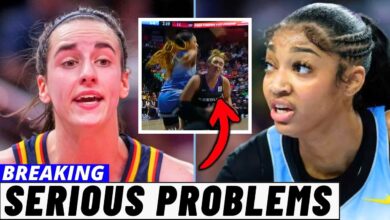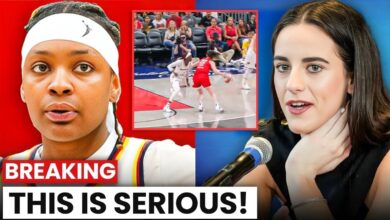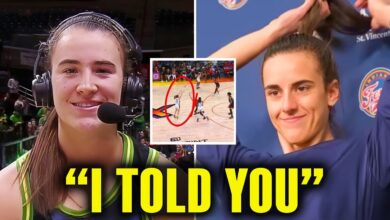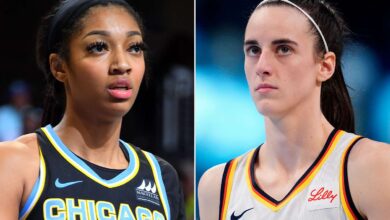What the Chicago Sky JUST DID is Going to Destroy Angel Reese
The women’s basketball world has just been rocked by the Chicago Sky’s announcement of Theresa Weatherspoon’s departure after just one season. At the center of this storm is Angel Reese, one of the league’s rookies, whose arrival brought as much hope as it did challenges to the Sky. Go ahead and subscribe to the channel because throughout this video, we’ll examine the factors that led to this shocking decision, compare the Sky’s situation with other teams in the league, especially the Indiana Fever with their rising star Caitlyn C
First, to fully understand the Chicago Sky’s current situation, we need to go back in time and examine the franchise’s recent trajectory. The Sky was once a powerhouse in the WNBA, reaching its peak with a championship win in 2021. However, recent years have brought significant challenges that have shaken the team’s structure. The 2023 season marked the beginning of a rebuilding era for the Sky. The team lost key pillars such as Candace Parker and Courtney Vandersloot, forcing a complete reassessment of their strate
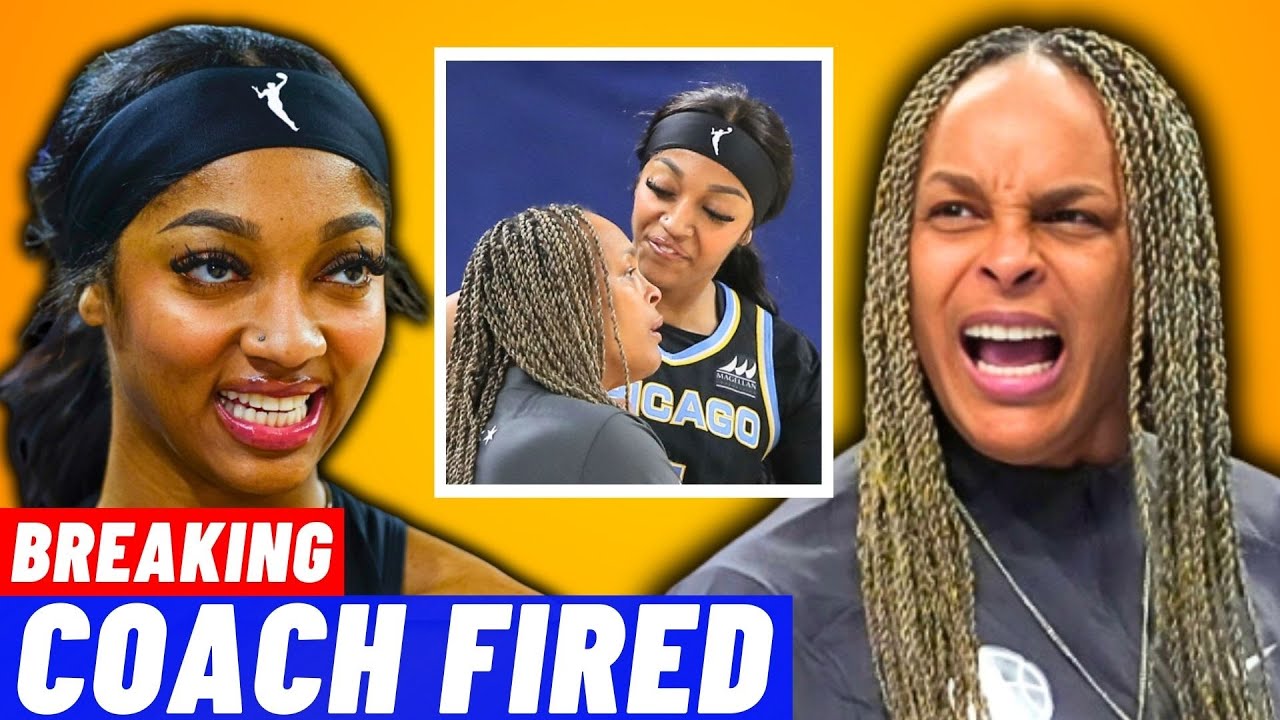
It was in this transitional scenario that the Sky’s management made two bold moves: hiring Theresa Weatherspoon as head coach and selecting Angel Reese and Camila Cardoso in the 2024 draft. Weatherspoon, a Hall of Fame former player with experience as an assistant coach in the NBA, came with the mission of developing young talent and rebuilding the Sky’s winning culture. In turn, Angel Reese was seen as the centerpiece of this new project, bringing with her the weight of expectations as one of the best college players in recent years.
The 2024 season began with modest expectations. The Sky’s roster was considered one of the weakest in the league, with many analysts predicting a bottom-of-the-standings finish. In stark contrast, the Indiana Fever was experiencing a meteoric rise. Caitlyn Clark’s arrival transformed not just the team but the entire dynamics of the league. The Fever, which had also been coming off difficult seasons, suddenly found itself at the center of WNBA attention. Clark not only improved the team’s on-court performance but also catapulted the franchise’s viewership and interest to unprecedented levels.
Theresa Weatherspoon’s departure from the Chicago Sky after a single season is an event that deserves thorough analysis. First, the team’s performance during the 2024 season presents a complex picture. On one hand, the Sky exceeded initial expectations by finishing 10th. Considering many predicted the team would occupy the bottom two positions, this result could be seen as a relative success, especially for a rebuilding team. However, with a record of 18 wins and 22 losses, the Sky still missed the playoffs—a goal that many franchises consider the bare minimum.
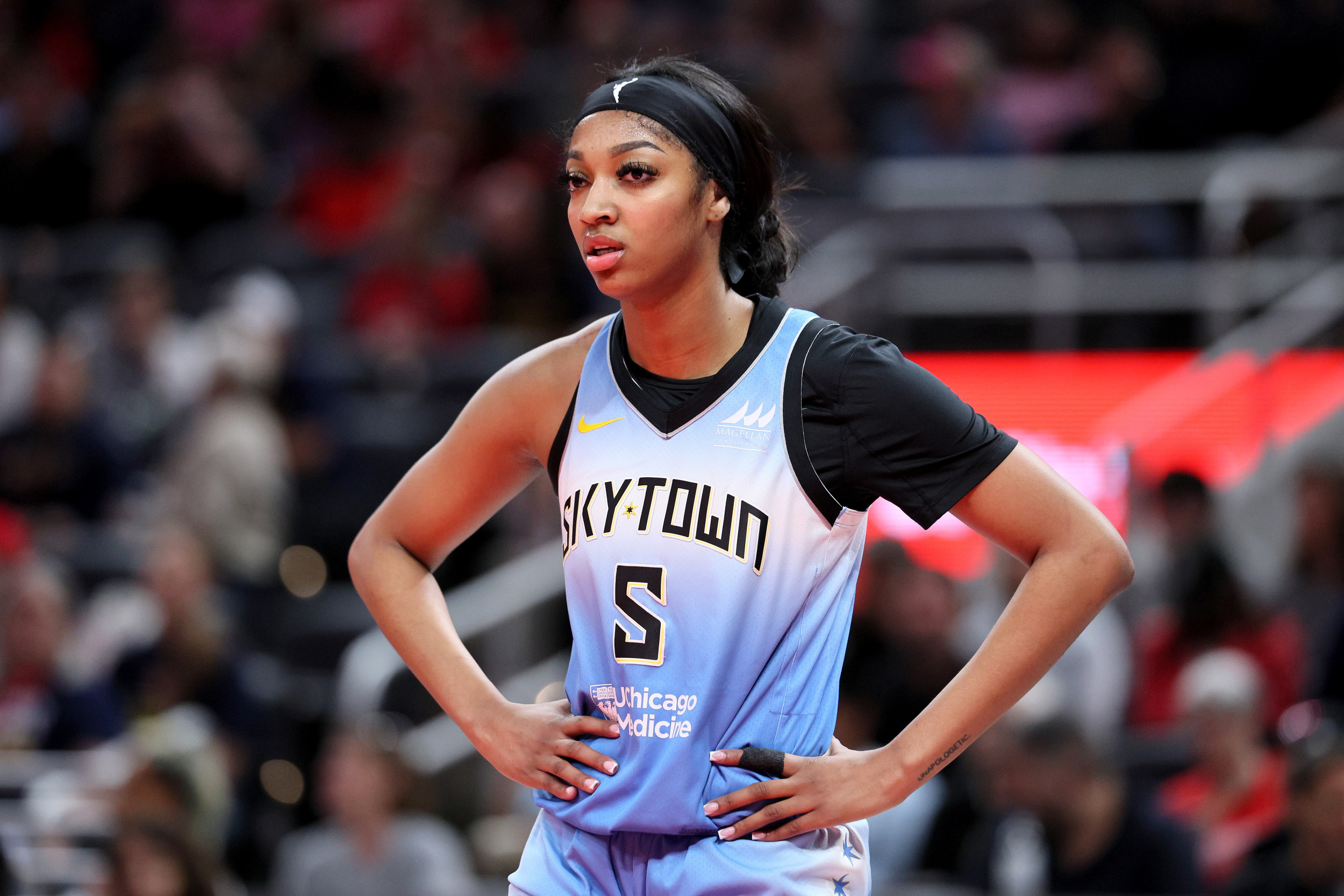
The development of young talent, particularly Angel Reese, was a crucial aspect of Weatherspoon’s job. In this regard, the results were mixed. Reese had an impressive rookie season under Weatherspoon’s guidance, even publicly expressing her gratitude to the coach. However, questions arose about whether the excessive focus on maintaining Reese’s double-double record may have compromised the development of other players and the team’s overall strategy.
It’s impossible to ignore the stark contrast with the Indiana Fever’s situation. While Caitlyn Clark was taking the Fever to new heights, breaking records, and exponentially increasing the team’s popularity, the Sky struggled to find its identity with Reese. This inevitable comparison may have increased pressure on the Sky’s management to seek more drastic and immediate changes. The decision to fire Weatherspoon suggests that the Sky’s management may be seeking a faster and more radical transformation than initially planned. This raises crucial questions about the organization’s patience with the rebuilding process and its long-term vision for the franchise.
The most evident and impactful contrast is between the Chicago Sky and the Indiana Fever. Both teams bet on high-potential rookies to boost their campaigns, but the results couldn’t be more divergent. The Sky focused intensely on Angel Reese, sometimes at the expense of developing other players. This approach, while producing impressive numbers for Reese, didn’t translate into significant collective success. In contrast, the Fever integrated Caitlyn Clark into the team system in a way that allowed her to shine without compromising collective play. The result was a dramatic improvement in the Fever’s performance, which not only secured a playoff spot but also saw an exponential increase in its fan base.

Let’s imagine for a moment the extreme scenarios that could unfold from this critical point. In the best-case scenario, the Sky hires a visionary coach who manages to unite the locker room, develop Angel Reese’s talent, and elevate the entire team’s level. Reese becomes the superstar everyone expected, leading the Sky back to the playoffs and reigniting the passion of the fan base. The franchise reinvents itself, proving that sometimes you need to take a step back to take two steps forward. This scenario would not only revitalize the Sky but also serve as inspiration for other teams in the league, showing how to successfully navigate transition periods.
In the worst-case scenario, instability continues. Reese becomes frustrated with the constant changes and decides to seek new horizons. The Sky enters a downward spiral, losing relevance in an increasingly competitive league. The fan base shrinks, and the franchise struggles to maintain its position in the WNBA. This outcome would not only be devastating for the Sky but could also have negative repercussions for the entire league, potentially diminishing interest in an important market.
At the center of all this is Angel Reese, an extraordinary young athlete carrying the weight of an entire franchise’s expectations on her shoulders. Her future with the Sky is intrinsically linked to the success or failure of the team’s next decisions. How the franchise manages Reese’s development and utilization will not only determine the Sky’s fate but also send a powerful message to future rising stars about how the league treats its most promising talents.
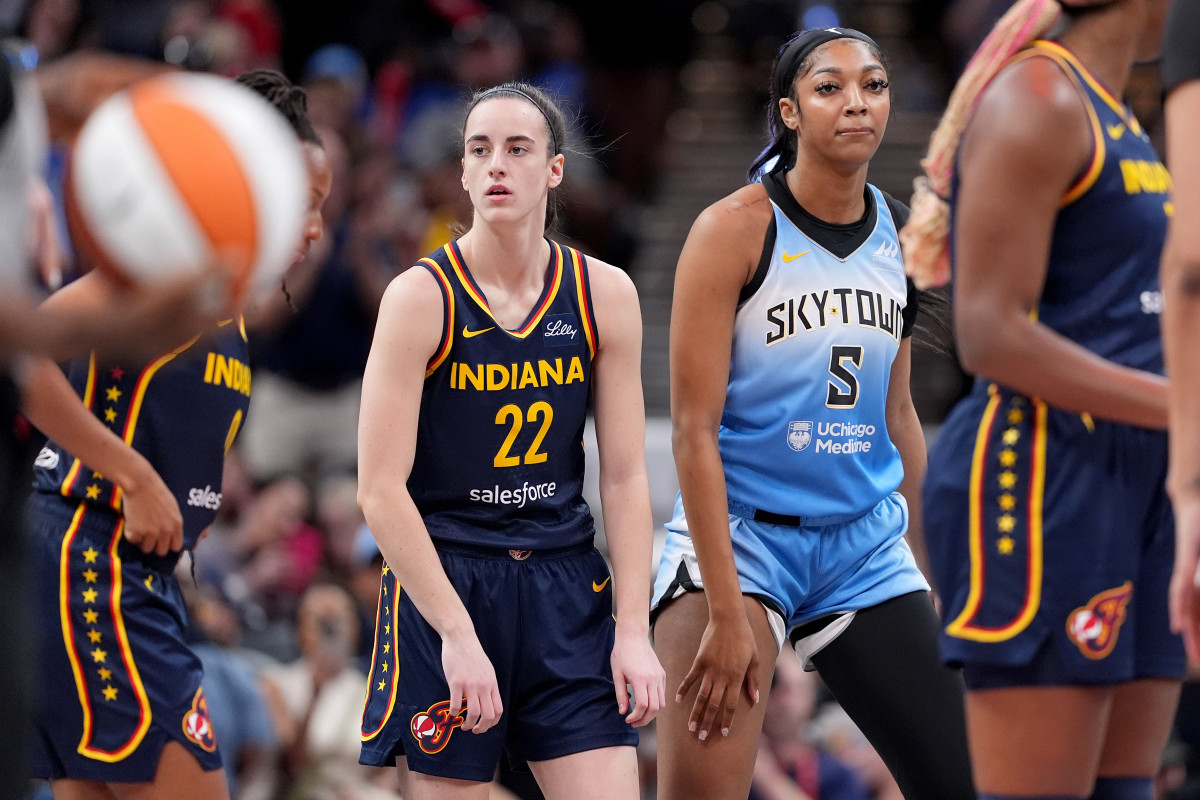
But the true climax of this story transcends the Chicago Sky. It’s a reflection of the critical moment the WNBA as a whole finds itself in. With the influx of exceptional talents like Reese and Caitlyn Clark, the league is on the threshold of a new era of popularity and relevance. How franchises navigate these turbulent times will shape the future of professional women’s basketball in the United States and potentially around the world.
The Sky’s situation serves as a microcosm of the challenges and opportunities that define the WNBA’s current moment. The decisions made in the coming months will not only shape the franchise’s destiny but also influence the league’s future course. Women’s basketball is on the brink of a revolution, and the Sky has the opportunity to be at the forefront—or fall behind.
The questions that arise are profound and far-reaching: Is the pursuit of immediate results worth the risk of compromising long-term development? How can teams best nurture and capitalize on exceptional talent without losing sight of collective play? What’s the right balance between patience and urgency in building a successful franchise? The clock is ticking, the stakes have never been higher, and the women’s basketball world is watching closely.
What does the future hold for the Chicago Sky? Only time will tell, but one thing is certain—the decisions made now will echo for years in the WNBA, potentially redefining the landscape of professional women’s basketball.




